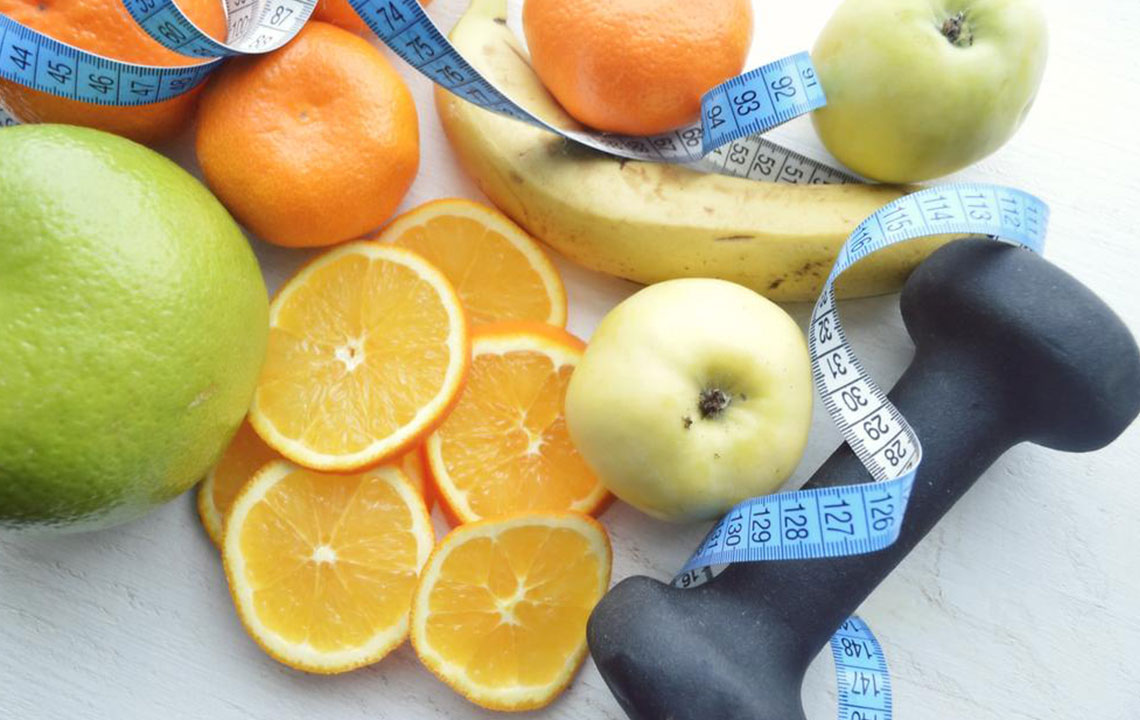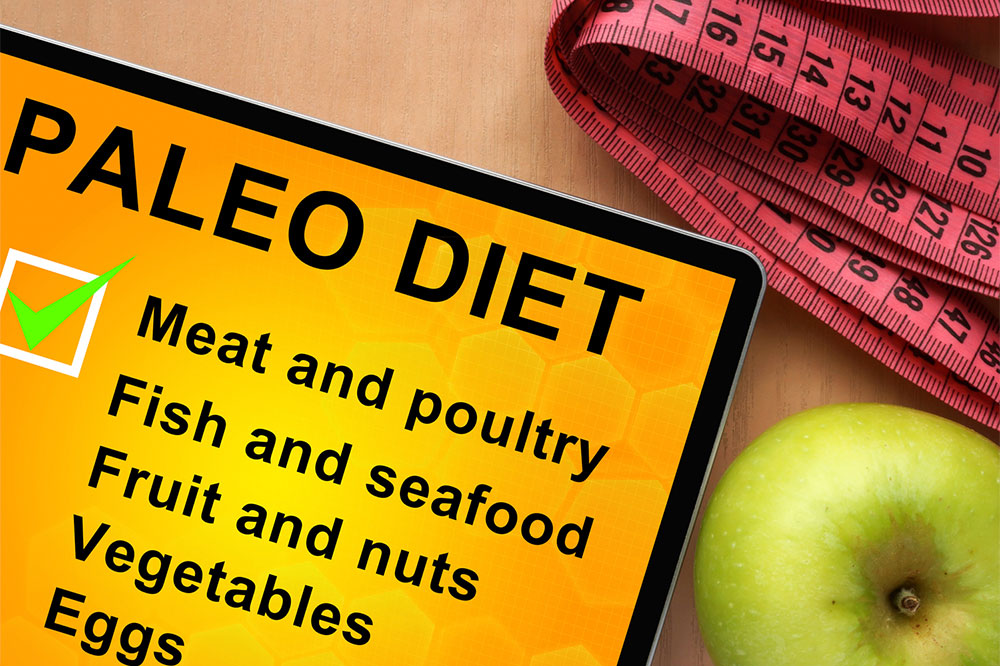Discover the Paleo Lifestyle: Embracing Natural Nutrition for Better Health
The Paleo diet promotes natural eating by focusing on unprocessed foods similar to those consumed by early humans. Emphasizing vegetables, fruits, lean meats, fish, and healthy fats, this lifestyle supports weight management, increased energy, and long-term health. By avoiding processed ingredients and adopting a holistic approach including exercise and sleep, individuals can optimize their well-being and reduce the risk of chronic diseases.

Discover the Paleo Lifestyle: Embracing Natural Nutrition for Better Health
In the quest for optimal health and well-being, many individuals are turning to the ancient dietary practices inspired by our early ancestors. The Paleo diet, often referred to as the Paleolithic or caveman diet, emphasizes consuming foods that early humans hunted and gathered. This approach advocates for a return to eating whole, unprocessed foods similar to those available to our ancestors, with the aim of improving health, boosting energy levels, and reducing the risk of chronic diseases.
Understanding the Paleo Diet
The Paleo diet is rooted in the idea that the modern abundance of processed foods, refined sugars, and artificial ingredients has led to numerous health issues, including obesity, diabetes, and cardiovascular problems. By mimicking the diet of hunter-gatherer communities, the Paleo diet encourages consumption of nutrient-dense, natural foods that support bodily functions and promote longevity.
Historically, early humans relied heavily on wild animals, fruits, vegetables, nuts, and seeds, avoiding grains, dairy, and processed foods. This natural eating pattern helped them survive harsh environments and led to healthier, more resilient bodies. In contrast, today's diet often includes refined grains, processed sugars, artificial preservatives, and additives, which can contribute to inflammation, weight gain, and various chronic health conditions.
Modern nutrition science supports the benefits of shifting towards whole foods, which the Paleo diet emphasizes by excluding highly processed options. It's particularly popular among health-conscious individuals seeking sustainable weight management, enhanced physical energy, clearer skin, and lower disease risk.
Pairing the Paleo diet with consistent exercise, hydration, quality sleep, and an active lifestyle optimizes health outcomes. It's not merely about food choices but embracing a holistic approach to well-being that mirrors natural living.
Foods That Fit into a Paleo Meal Plan
The cornerstone of a successful Paleo diet is selecting fresh, unprocessed foods that closely resemble what our ancestors consumed. This includes a wide variety of vegetables, fruits, lean meats, fish, healthy fats, nuts, and seeds. A diverse and balanced intake of these nutrient-rich foods can contribute significantly to improved health and vitality.
Vegetables:
Vegetables are fundamental in any Paleo diet. They provide essential vitamins, minerals, fiber, and antioxidants necessary for maintaining optimal health. While most vegetables are acceptable, moderation should be exercised with high-carb options if weight loss is a goal. Incorporate a variety of colorful vegetables for maximum nutritional benefit.
Recommended vegetables include:
Broccoli
Celery
Bell Peppers
Carrots
Spinach
Cauliflower
Green Onions
Eggplant
Zucchini
Asparagus
Lettuce
Parsley
Avocado
Brussels Sprouts
Sweet Potatoes
Fruits:
Fruits are an abundant source of essential nutrients, antioxidants, and fiber. They help fight free radicals and support overall health. While some fruits are higher in natural sugars, consuming a variety of fresh, minimally processed fruits is encouraged for a balanced diet.
Suitable fruits include:
Apples
Peaches
Guava
Pomegranate
Muskmelon
Lychee
Mango
Strawberries
Blueberries
Raspberries
Watermelon
Grapes
Oranges
Pineapple
Plums
Kiwi
Meat:
Lean meats are vital for providing high-quality protein and essential nutrients. Selecting appropriate cuts that are low in saturated fat aligns with Paleo principles, promoting heart health and supporting muscle maintenance.
Acceptable meats include:
Chicken
Lamb
Buffalo
Beef
Pork
Turkey
Goat
Fish and Seafood:
Fish and seafood are rich in omega-3 fatty acids, which are beneficial for cardiovascular health, brain function, and inflammation reduction. Including a variety of fish ensures nutritional diversity and maximizes health benefits.
Recommended options:
Carp
Prawns
Shrimps
Kingfish
Tuna
Salmon
Pomfret
Hilsa
Lobsters
Trout
Sardines
Clams
Catfish
Healthy Fats & Oils:
Although fats are essential in the diet, choosing the right types is crucial. Healthy fats promote cell function and hormone production, whereas unhealthy fats can increase cholesterol levels and promote weight gain.
Optimal sources include:
Coconut Oil
Ghee
Extra Virgin Olive Oil
Butter (preferably from grass-fed animals)
Nuts & Seeds:
Nuts and seeds are nutrient-dense snacks packed with healthy fats, vitamins, and minerals. Due to their high caloric content, moderation is advised, especially with nuts like cashews. Incorporate a handful of these into your diet for added health benefits.
Suitable options include:
Walnuts
Almonds
Sunflower Seeds
Pumpkin Seeds
Additional Paleo-Friendly Foods:
Additional foods compatible with the Paleo lifestyle include eggs, coffee, coconut water, tea, and natural honey. These items, when consumed in moderation and minimally processed, support a varied and enjoyable diet that aligns with natural eating habits.
Focusing on natural, unrefined foods is key to achieving maximal health benefits and maintaining long-term wellness.





